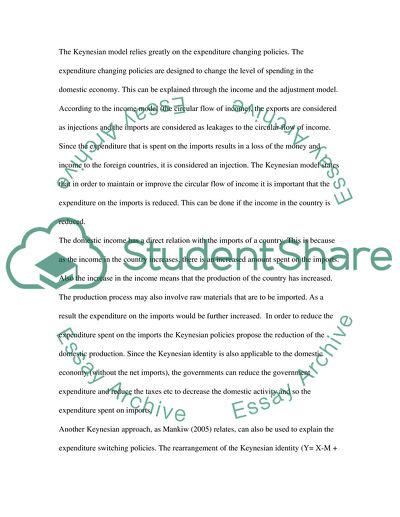Cite this document
(Balance of Payments and the Keynesian Model Essay - 1, n.d.)
Balance of Payments and the Keynesian Model Essay - 1. https://studentshare.org/finance-accounting/1566367-international-monetary-economics
Balance of Payments and the Keynesian Model Essay - 1. https://studentshare.org/finance-accounting/1566367-international-monetary-economics
(Balance of Payments and the Keynesian Model Essay - 1)
Balance of Payments and the Keynesian Model Essay - 1. https://studentshare.org/finance-accounting/1566367-international-monetary-economics.
Balance of Payments and the Keynesian Model Essay - 1. https://studentshare.org/finance-accounting/1566367-international-monetary-economics.
“Balance of Payments and the Keynesian Model Essay - 1”. https://studentshare.org/finance-accounting/1566367-international-monetary-economics.


